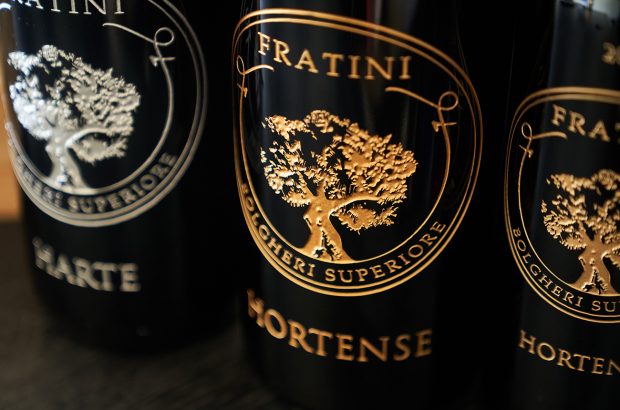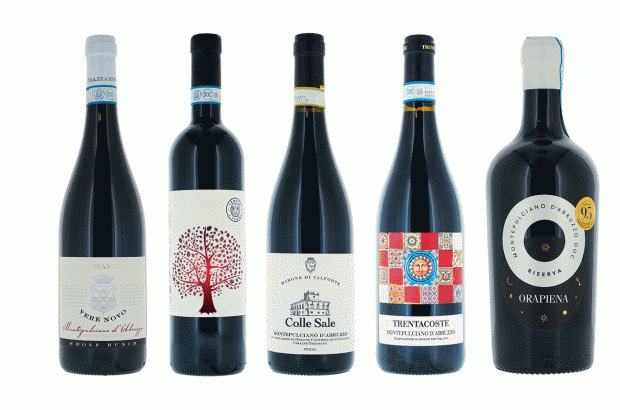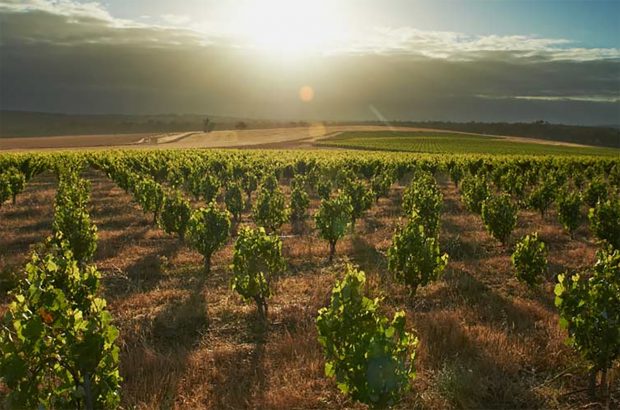Mystery surrounds the pinpointing of any definitive date for the beginning of distillation. We know that the Romans introduced the vine, the Arabs brought us the alembic (or pot still) and the Celts developed the use of the oak cask. It was not, however, until the late Middle Ages that documented evidence reveals distilling on any scale, and this, in any case, was mainly for pharmaceutical purposes. It was over 500 years ago that the first known reference to Scotch whisky was made – a certain Friar John Cor of Lindordes Abbey obtained eight bols of malt for the purpose of making whisky – enough to make around 35 cases in today’s terms.
Brandy became famous in France during the 16th century, but Scotch did not rise to prominence until much later. An interesting point of similarity between the two spirits is that, in both cases, early distilling was, basically, ‘home-produced’. Small, crude apparatus was used, as were essentially portable stills – thus you have the ‘ambulance’ stills of Armagnac and the ‘illicit’ stills of the Highlands of Scotland.
Geography also played a role. In France distillation was seasonal because it was based around the grape harvest; in the harsher Scottish climate, on the other hand, cereals were distilled year-round, leading to the establishment of permanent installations.
Scottish stills
The roots of Scotch whisky production lie in these ‘illicit’ stills, which were used throughout the country during the 17th and 18th centuries. In 1810, in Speyside alone, customs officers confiscated over 400 stills. These were crude, hand-crafted devices, but the significance – for this article – is that most were made of copper.The growth of custom-built, commercial distilleries is a recent phenomenon. The watershed was the 1823 Distilling Act, which, in effect, allowed for legal distilling, and it was from here the infant industry grew. Glenlivet was one of the first companies to take out a licence, in 1824.
What intrigues me, however, is the vast diversity of forms of Scottish pot stills, both illicit and commercial. There seems no common thread to their design, apart from the fact that they are all made of copper and are, essentially, onion shaped. This is where the similarities end, and tall, thin, dumpy, squat, large, tiny and bulbous stills, to name but a few variations, can be found. I discovered that, in the beginning, distillation was very much a process of trial and error, and stills were often constructed to suit the available space. Some were second-hand, as were the early stills at Glenfiddich, which were bought in 1886 by the founder, William Grant, from Cardow Distillery for £119. Modern stills will set you back upwards of £20,000 each. They can last for decades, but require regular maintenance.All Scotch Malt whisky is distilled twice – double distillation, first in a ‘wash’ still and then in a smaller ‘spirit’ still – the shape and size of each of these varies from distillery to distillery. (Auchentoshan is the exception to this rule as it triple distils, which results in a very fine, delicate malt.)
Producing whisky
It has been said that if you can boil a kettle, then you can produce whisky. This is an oversimplification, but it does contain an element of truth. A still is, in effect, a copper kettle and there are two principal methods of heating it: with direct heat from below or by using steam pipes to heat it from within (like the element in an electric kettle). The power sources, in the latter case, are oil-fired boilers. When it comes to using direct flames, however, the flames can be generated by coal, gas or oil. You can tell immediately on entering a still house which method is being used. The steam coils literally hiss at you, while the direct burners roar gently.
Much controversy surrounds these heating methods. Many argue that the coil is more controllable than direct heat, resulting in a purer and lighter distillate, while others claim that direct heat from below has a beneficial charring effect on the first distillation of the beer-like wash. To prevent burning, a ‘rummager’ is employed – a ‘blanket’ of copper chain mail, which sweeps the base of the still automatically. Its copper rings are softer than the copper of the still’s base, and this allows the wash to interact with it. Although copper is only found in minuscule proportions in the final drink (a few parts per million), the effect of the drink’s contact with the metal is very significant. It becomes even more important once the alcohol vapour starts to rise up the neck of the still – the sulphur compounds within the steam react with copper, clearing the new spirit. Stainless steel has proved to be less efficient in this respect.
Size and shape of stills
Further controversy surrounds the size and shape of stills, and the variety found throughout Scotland is immense. From the tiny stills at Edradour to the mighty versions at Craigellachie, or the long, rakish styles of Glenmorangie and the spherical Balvenie ‘ball’, all do the same job, but the resulting spirit from each distillery is entirely different. Raw materials such as water, malted barley and yeast play a role, but the heating apparatus, the shape of the still and the method of cooling are all crucial.The stills at Aberlour are traditional in style: dumpy, with a tall column rising to a swan neck. This shape is the one most favoured by the industry, but there are other variations. At Balvenie and Tomatin, a ‘ball’ appears on the neck of the still; and the ‘lantern’ or ‘tulip’ neck is favoured at Glenallachie and Glenfiddich.
And what does this all mean to the final product, that dram in your glass? Well, I’ll go back to boiling the kettle, and imagine a pipe attached to the spout of that kettle. This pipe is known in the trade as the lye pipe, and it connects to a cooling device. When the ‘kettle’ boils, the alcohol vapours rise up the neck, across the top ‘swan neck’, return to liquid in the lye pipe, then run through the cooling mechanism.This is the critical time, and it is now that the shape of the still plays its vital role. Depending on its form and height, there will be differing rates of what is known as ‘reflux’: when the spirit, rising as vapour, fails to reach the top of the neck and falls back again. This can be repeated many times.
A very tall-necked still will tend to create more reflux than one with a short neck. The tall stills at Glenmorangie are typical of this, and the result is a very fine and delightfully light character. The Aberlour stills have a less pronounced, but similar, effect. The ‘ball’ of some stills also aids reflux. The heavier, more meaty malts are produced from shorter stills with less reflux.
Methods of cooling
Lastly, the methods of cooling the distillate differ greatly. Most distilleries employ a vertical condenser, which pumps cold water through pipework inside the column. The copper contact is high in this process, which produces efficient cooling. But in some distilleries, Dalwhinnie, for example, the traditional copper worm in a cold vat of water is used. The ‘worm’ is a tight spiral of copper tubing, through which the condensed spirit flows – a legacy from those old ‘illicit’ days! All of these factors, from the shape of the still to the method of cooling, are fundamental to the final product. It is not uncommon for a dent to be meticulously reproduced when stills are being replaced. One manager even claimed that the cobwebs in the stillhouse were beneficial!
Cleaning
Strangely enough, the appearance of the stills can be altered by differing methods of cleaning – I am talking of the outside shell here. Some are stripped back to bare metal and then lacquered. They shine marvellously in pinkish tones for many months, before darkening to amber over the seasons, and then are redone when production is stopped during the ‘silent season’. Others simply wipe down with wash, while at Glenfiddich they oil with tallow, which produces a superb deep patina.
The still house is one of the most atmospheric places in a distillery, and even the most commercial have a certain magic. Its ambience has a special, almost religious quality. In summer, through tiny windows, shafts of light illuminate the copper kettles as the sun goes down – a sweet fragrance, that of new whisky spirit, hangs heavy in the air, and its blueish vapours catch the beams of light, like cigarette smoke in an old cinema.















